
Quick start to the Masters of Photography
If you’re new to the masters of photography, start with the articles below:
Introduction to the Masters of Photography
Dear friend,
You’ve probably had this situation — when you’re at some fancy art show, and you hear another photographer “name drop” other famous photographers.
You nod your head in agreement, but you have no idea who these master photographers are.
Consider this guide as a way to de-mystify and de-elitize the masters of photography.
I never went to art school, or photo school. I had to self-teach myself all the masters of photography. And now that I know them, I want this guide to help you (assuming you don’t know any of the masters of photography).
This page is currently a work in progress. I will continue to make edits to this page, as there are a lot of masters to cover.
Let’s get started:
Chapter 1: “Old school” photographers
“He without a past has no future.”
To start off, let us start off chronologically.
I know a lot of these “old school” photographers might seem a bit boring. However, the reason their work still has lasted, because it is classic. They have paved the way for all of us in photography. They experimented with the medium of photography, and pushed it forward. They made photography an acceptable art form. We have a great deal of debt to pay them.
This period of time is roughly the 1920’s:
1. Andre Kertesz
I’d recommend first starting to learn about Andre Kertesz, who was one of the first photographers who inspired Henri Cartier-Bresson (essentially the “godfather” of street photography). Andre Kertesz harnessed the classic form of geometry to photography, and was prolific all the way until his death.
2. Henri Cartier-Bresson
Of course, you need to study the work of Henri Cartier-Bresson, who first took 35mm photography to the next level. He innovated the concept of the “decisive moment“, and saw photography as an “instant sketchbook.”
Henri Cartier-Bresson is a great starting point if you love black and white photography, geometry, and composition. Further resources on Henri Cartier-Bresson here:
- The Theory of Composition in Street Photography: 7 Lessons from Henri Cartier-Bresson
- Debunking the “Myth of the Decisive Moment”
- 10 Things Henri Cartier-Bresson Can Teach You About Street Photography
3. Alfred Stieglitz
Alfred Stieglitz was a photographer, who first pushed photography to be taken acceptably as “art.” Photography wouldn’t be where it is today without him.
Chapter 2: “New school” photographers
I consider this “new school” of photographers the next wave of photographers who innovated in photography, from around the 1950’s onwards to the 1980’s:
4. Garry Winogrand
Garry Winogrand was probably one of the most prolific street photographers to have ever lived. He shot because he loved it, and he was one of the innovators of the 28mm lens, getting close to his subjects, and creating “edgy”, dynamic, and off-kilter compositions. Not all his photos are pretty, but his work ethic, distaste for the art world, and his down-to-earth humor makes him a master to study.
5. William Klein
William Klein is one of the most badass street photographers in history. He said what was on his mind, and said it the way he wanted. He was a “director on the streets” — he would often interact with his subjects, engage them, and this puts his soul in his photos.
Klein also was innovative with fashion photography, film, and inspired many other photographers, including the highly influential Japanese street photographer Daido Moriyama. In turn, Daido Moriyama inspired other master photographers such as Anders Petersen, and Jacob Aue Sobol.
Klein innovated using blur in his photos, high-contrast and grain, and multi-layered photos.
6. Diane Arbus
Diane Arbus is famous for photographing people on the fringes of society. Many of her portraits are a bit unsettling to look at, yet they show deep humanity and empathy. If you love shooting portraits, definitely check out Diane Arbus.
7. Lee Friedlander
Lee Friedlander is a funny photographer with a great wry sense of humor. He innovated in urban landscapes, creating complex scenes (without overlapping figures). Not only that, but his self-portraits have great humor and are quite introspective.
All the masters of street photography
If you’re ready to get your hands wet, see all the lessons from the masters of street photography below:
The Masters
Here is a full list of the masters:
- Alfred Stieglitz
- Alec Soth
- Alex Webb
- Anders Petersen
- Andre Kertesz
- Ansel Adams
- Araki
- Blake Andrews
- Bruce Davidson
- Bruce Gilden
- Constantine Manos
- Daido Moriyama
- Dan Winters
- David Alan Harvey
- David Hurn
- Diane Arbus
- Dorothea Lange
- Elliott Erwitt
- Eugene Atget
- Eugene Smith
- Garry Winogrand
- Helen Levitt
- Henri Cartier-Bresson
- Irving Penn
- Jacob Aue Sobol
- Jeff Mermelstein
- Joel Meyerowitz
- Joel Sternfeld
- Josef Koudelka / Part 2
- Josh White
- Lee Friedlander
- Magnum Contact Sheets
- Magnum Photographers
- Mark Cohen
- Martin Parr
- Mary Ellen Mark
- Rene Burri
- Richard Avedon
- Richard Kalvar
- Robert Capa
- Robert Frank
- Saul Leiter
- Sergio Larrain
- Sebastião Salgado
- Shomei Tomatsu
- Stephen Shore
- The History of Street Photography
- Todd Hido
- Tony Ray-Jones
- Trent Parke
- Vivian Maier
- Walker Evans
- Weegee
- William Eggleston
- William Klein
- Zoe Strauss
To learn more, see Street Photography 101 >
FREE TURBO THOUGHTS
LEARN FROM THE MASTERS OF ART
CRYPTO THOUGHTS
PHOTO THOUGHTS
- STREETTOGS STARTING GUIDE
- What I Wish I Knew If I Started Street Photography All Over Again
- Why I Photographed the Birth of My First Child
Who is ERIC KIM?
SOCIETY
WEALTH
HEALTH
PHOTOGRAPHY
- Street Photography 101
- Photography Entrepreneurship 101
- Learn From the Masters
- Photography Philosophy
- Cinema
- How to Make More Art
- Soul Photography
- Photography Therapy
- Equipment
- Phone Photography
- Personal Photography
- Motivation
- Creativity
- Composition
PHILOSOPHY
Portfolio
SUITS
ONLY IN AMERICA
CINDY PROJECT
BOOKS
PHOTOGRAPHY PDF BOOKS
EBOOKS
- HOW TO SEE: Visual Guide to Composition, Color, & Editing in Photography / Kindle Edition
- Ultimate Beginner’s Guide to Mastering Street Photography / Kindle Edition
- STREET HUNT / Kindle Edition
- STREET NOTES: Mobile Edition / Kindle Edition
- MODERN PHOTOGRAPHER / Kindle Edition
FREE EBOOKS
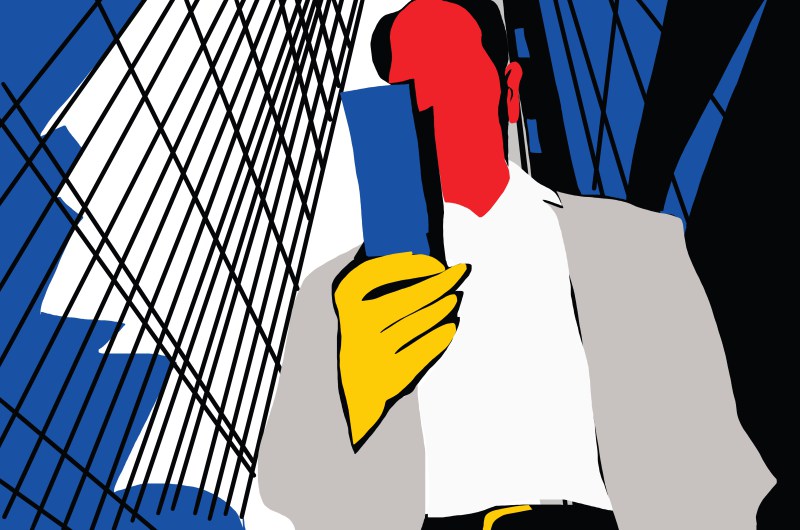
- STREET PHOTOGRAPHY 103
- Dynamic Composition Manual
- Photography Startup Manual
- PHOTOGRAPHY MASTERCLASS
- PHOTOGRAPHY ENTREPRENEURSHIP MANUAL by ERIC KIM
- STREET PHOTOGRAPHY MANUAL by ERIC KIM
- THE PHOTOGRAPHER by ERIC KIM
- The Art of Street Photography
- 100 Lessons From the Masters of Street Photography
- Zen Photography
- Personal Photography Manual
- Street Photography Contact Sheets Volume II
- Street Photography Contact Sheets Volume I
- Street Photography Composition Manual
- Street Portrait Manual
- Street Photography 101
- Street Photography 102
- Color Manual
- Monochrome Manual
- 31 Days to Overcome Your Fear in Street Photography
- Letters From a Street Photographer
- Street Photography Aphorisms, Heuristics, and Sayings
Photo Book Reviews »
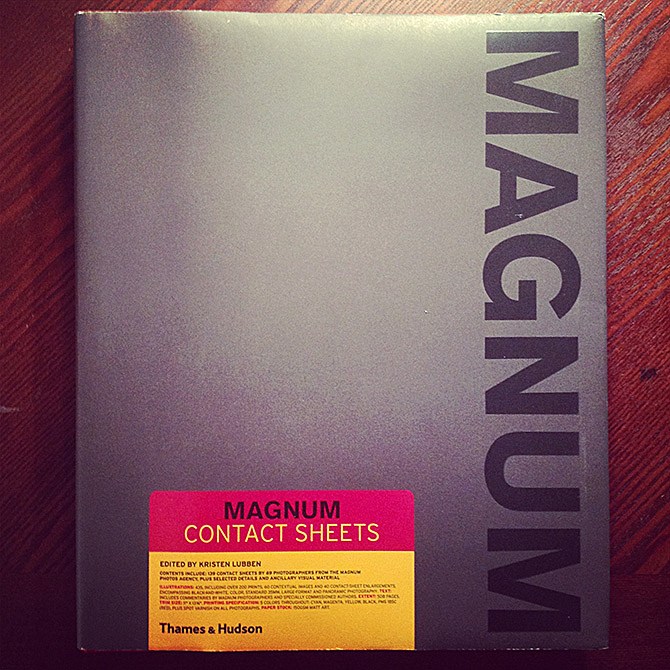
Below are my favorite photo books:
- Josef Koudelka: Exiles
- Josef Koudelka: Gypsies
- Dan Winters: Road to Seeing
- Alex Webb: The Suffering Of Light
- Robert Frank: The Americans
- Martin Parr: The Last Resort
- Trent Parke: Minutes to Midnight
- Henri Cartier-Bresson: The Decisive Moment
- Photographers’ Sketchbooks
75+ inspirational photography books »
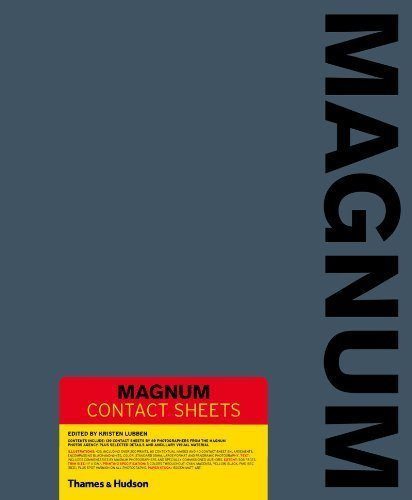
If you want a quality-education in street photography, I recommend either buying, borrowing, or browsing though some of the books below. Books that are bolded are some of my personal favorites.
- Magnum Contact Sheets
- Magnum: Degrees
- Magnum: Stories
- Mark Cohen: Grim Street
- Street Photography Now
- Bruce Davidson: Subway
- Bruce Davidson: East 100th Street
- Diane Arbus: A monograph
- Helen Levitt
- Lee Friedlander: Friedlander
- Elliott Erwitt: Personal Best
- Richard Kalvar: Earthlings
- Andre Kertesz (Editions Hazan)
- Robert Frank: The Americans
- Garry Winogrand: Public Relations
- Garry Winogrand: Figments from the real world
- Garry Winogrand: The Animals
- Bruce Gilden by Stern Magazine
- Bruce Gilden: A Beautiful Catastrophe
- Bruce Gilden: Haiti
- Bruce Gilden: After The Off
- Bruce Gilden: Facing New York
- Bystander: A History of Street Photography
- Joel Meyerowitz
- Jun Abe: Citizens
- William Eggleston: Chromes
- William Eggleston: Guide
- William Eggleston: Before Color
- Stephen Shore: Uncommon Places
- Daido Moriyama: The World Through My Eyes
- Alex Webb: Istanbul
- Alex Webb: The Suffering Of Light
- Jeff Mermelstein: Sidewalk
- Walker Evans
- Fred Herzog: Photographs
- Vivian Maier
- William Klein: Contacts
- Joel Sternfeld: American Prospects
- Martin Parr: The Last Resort
- Martin Parr: Small World
- Tony Ray-Jones: Best Of
- Josef Koudelka: Gypsies
- Anders Peterson: French Kiss
- Anders Petersen: Cafe Lehmitz
- Zoe Strauss: America
- Henri Cartier-Bresson: “The Decisive Moment”
- Josef Koudelka: Exiles
- Anders Petersen
- The Education of a Photographer
- David Hurn: On Being a Photographer
- David Gibson: The Street Photographer’s Manual
- Siegfried Hansen – hold the line
- Matt Stuart: All that Life Can Afford
- The Photographer’s Playbook: 307 Assignments and Ideas
- Trent Parke: Minutes to Midnight
- Trent Parke: The Christmas Tree Bucket
- Trent Parke: The Black Rose
- Harry Gruyaert
- Gus Powell: The Lonely Ones
- Alec Soth: Songbook
- Ping Pong Conversations: Alec Soth with Francesco Zanot
- Constantine Manos: A Greek Portfolio
- Constantine Manos: American Color
- Constantine Manos: American Color 2
- David Alan Harvey: Divided Soul
- Photographers’ Sketchbooks
- Harry Callahan: Retrospective
- Slide Show: The Color Photographs of Helen Levitt
- Mark Cohen: Frame
- Saul Leiter: Early Color
- Saul Leiter: Early Black and White
- Dan Winters: Road to Seeing
- Todd Hido: Photography Workshop Series
- Mary Ellen Mark: Photography Workshop Series
- The Open Road: Photography and the American Roadtrip
- Jason Eskenazi: Wonderland: A Fairytale of the Soviet Monolith
- Kaushal Parikh: “Fragments of a Spinning Rock”
- Sunlanders by Sean Lotman
Free Books by Eric Kim
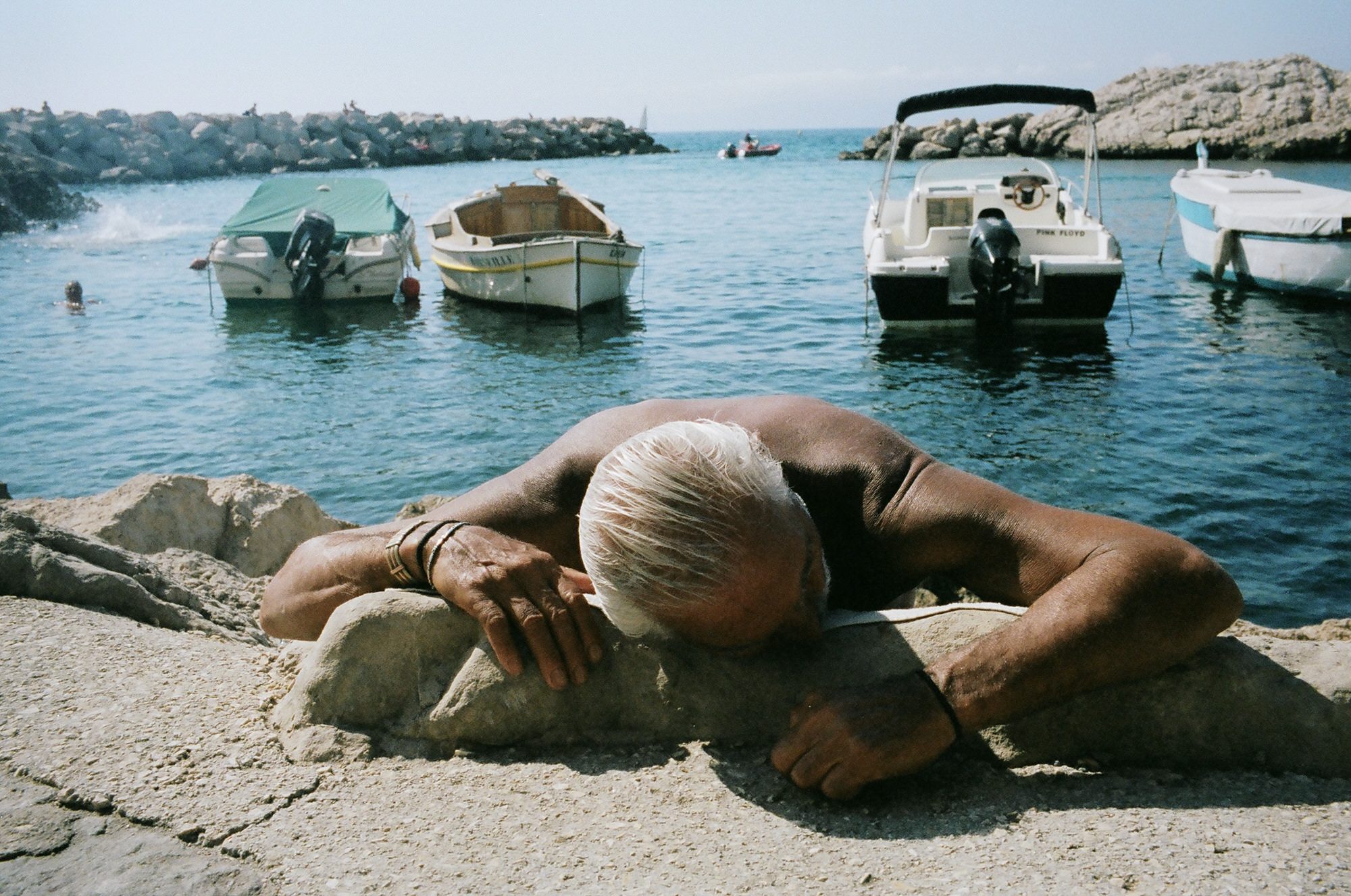
If you love learning, read the books below:
- 100 Lessons From the Masters of Street Photography
- Street Photography by Eric Kim
- Photography by Eric Kim
- Personal Photography Manual
- Street Photography Contact Sheets Volume II
- Street Photography Contact Sheets
- Monochrome Manual
- Street Portrait Manual
- Street Photography Composition Manual
- How to Overcome Photographer’s Block
- Street Photography 101
- Street Photography 102
- Zen in the Art of Street Photography
- Film Street Photography Manual
- 31 Days to Overcome Your Fear in Street Photography
Street Notes
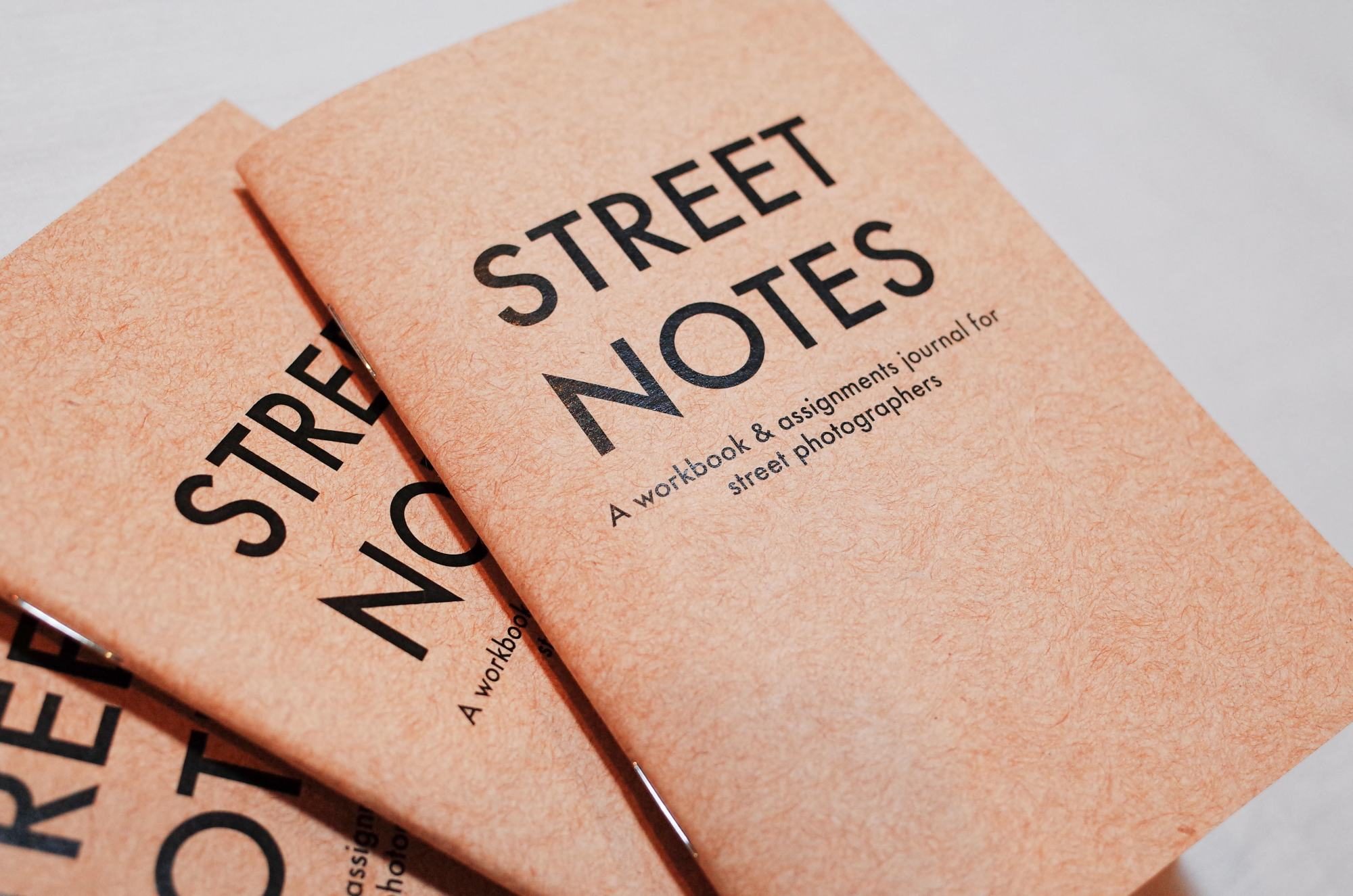
Street Notes is a pocket-sized assignment journal to break outside of your comfort zone:
STREET HUNT: Street Notes Volume 2 Scavenger Hunt Edition
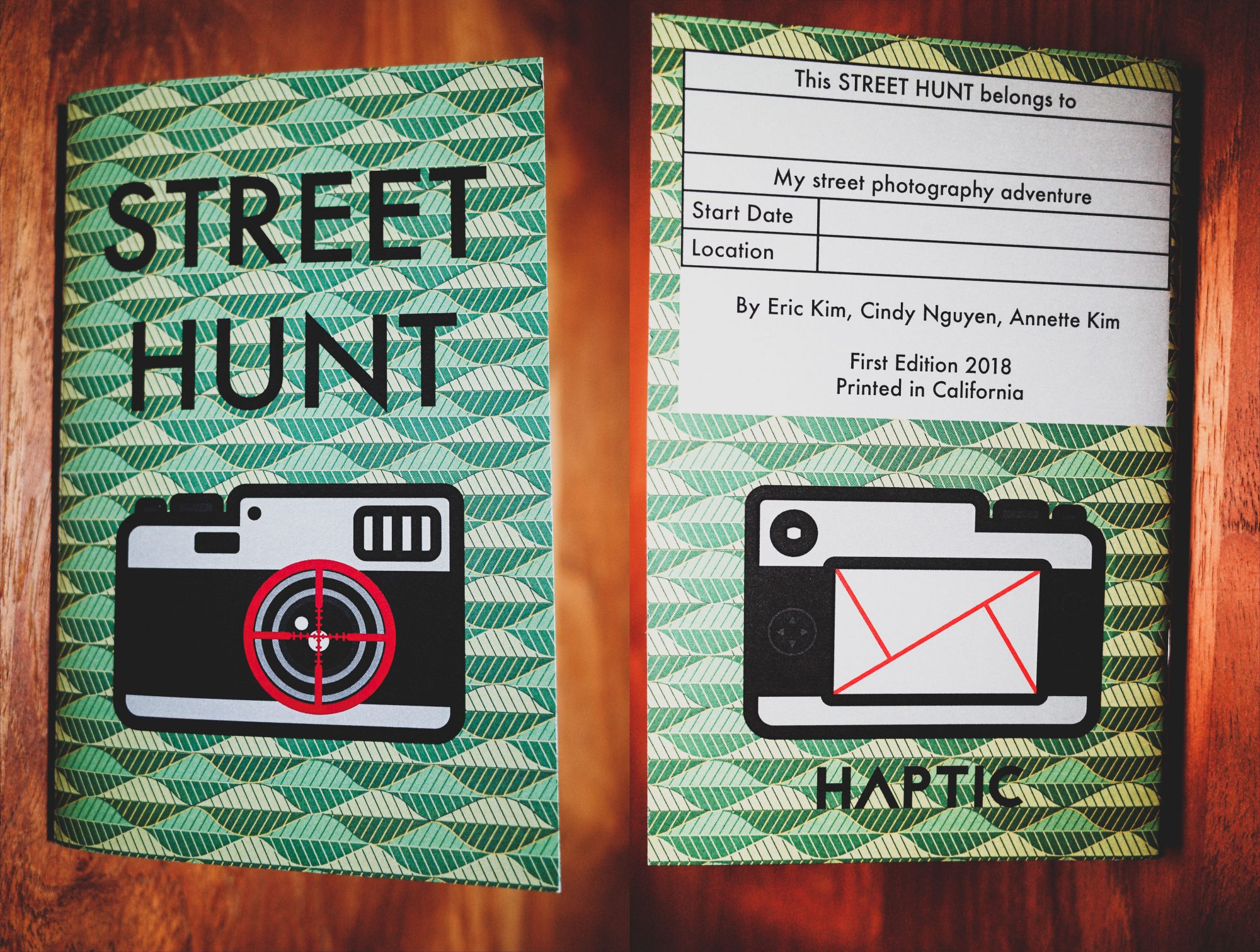
Photo Book Reviews
Recommended photo books
Downloads
Mini Street Photography Starter Kit
If you’re starting in street photography, here is my free and open-source ‘MINI Street Photography Starter Kit’. For more inspiration and dopeness, see the full version: “Street Photography Starter Kit“.

FREE ERIC KIM EBOOKS
CONTACT SHEETS by ERIC KIM
ERIC KIM PHOTOS
RAW photos
ERIC KIM LIGHTROOM PRESETS
Download ZIP:
PDF Visualizations
Made by ANNETTE KIM:
ERIC KIM x Annette Kim PDF Visualizations – HAPTICPRESS
Black and White Street Photography
Contact Sheets by ERIC KIM
EBOOKS
PDF EBOOK: Street Photography Contact Sheets
Direct downloads:
Full: STREET PHOTOGRAPHY STARTER KIT >

Buy the full STREET PHOTOGRAPHY STARTER KIT >
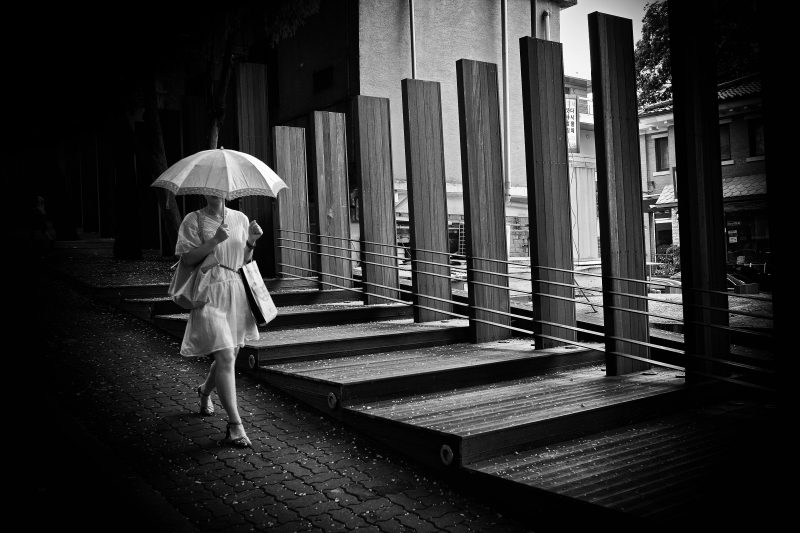
Here are all of the free downloads available to you, with love:
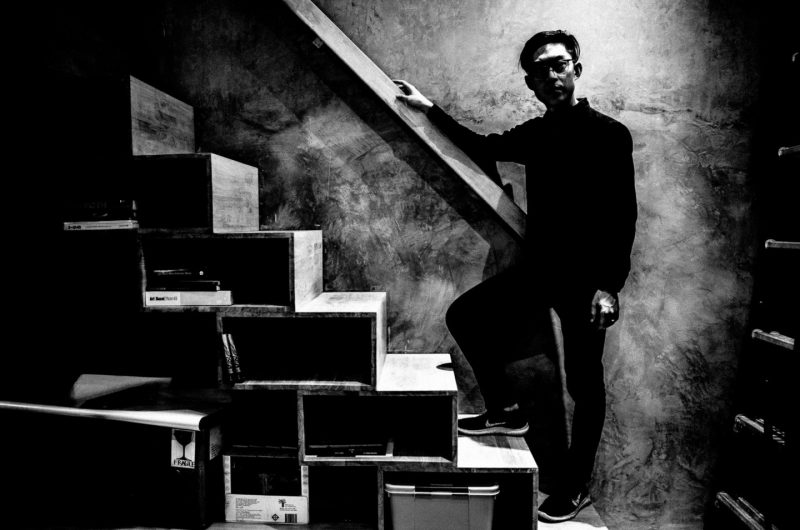
Dear friend,
I want you to download me — download all these books, articles, and information for free– for you to remix it however you would like.
For you to use these images to illustrate blog posts. For you to look at these full-resolution images to analyze composition.

For you to use these free Lightroom presets to actually make your digital RAW photos look good.
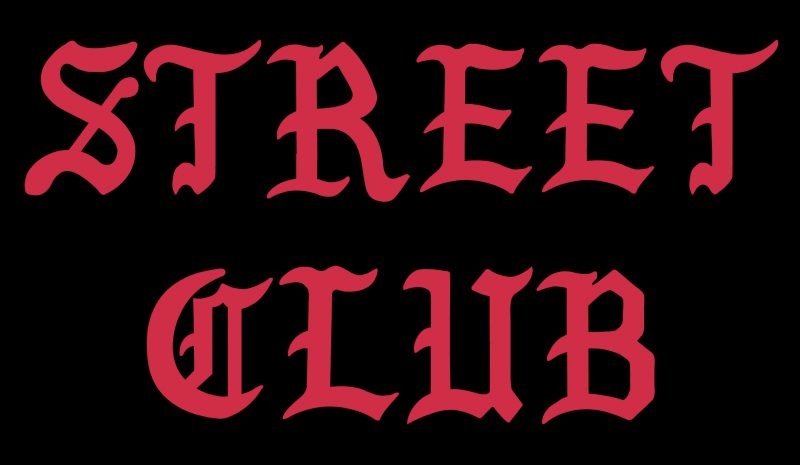
For you to empower yourself. Because I think that information is power. Information is everything.
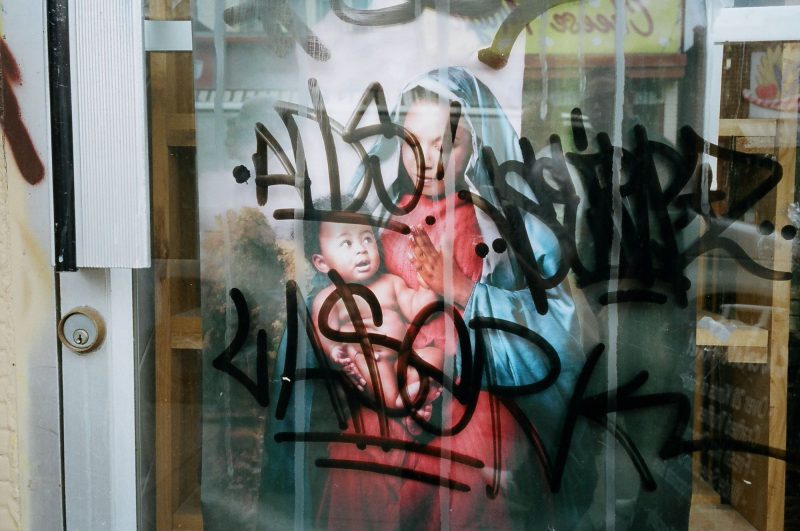
Information is money and control of the world (just consider that scene from the James Bond 007 Skyfall at the end of the film — the guy who controlled the information controlled the world).
With this information, you can learn how to conquer your fears, find more personal meaning in your photography and life, and seek to empower others through the art of photography.
BOOKS

Download all PDF books:
Photography Series PDF Books by Eric Kim
Individual PDF books:
- 31 Days to Overcome Your Fear of Shooting Street Photography
- 100 Lessons From the Masters of Street Photography
- Color Manual
- Film Street Photography Manual
- How to Overcome Photographer’s Block
- Leica Manual
- Letters from a Street Photographer
- Monochrome Manual
- Personal Photography Manifesto
- Photography 101
- Photography by Eric Kim
- Street Photography 101
- Street Photography 102
- Street Photography Aphorisms
- Street Photography by Eric Kim
- Street Photography Contact Sheets Volume II
- Street Photography Contact Sheets
- The Art of Street Photography
- The Social Media Blackbook for Photographers
- The Street Photography Project Manual
- The Street Portrait Manual
- The-Photography-Manual
- Zen in the Art of Street Photography
- Zen Photography by Eric Kim
Lightroom Presets
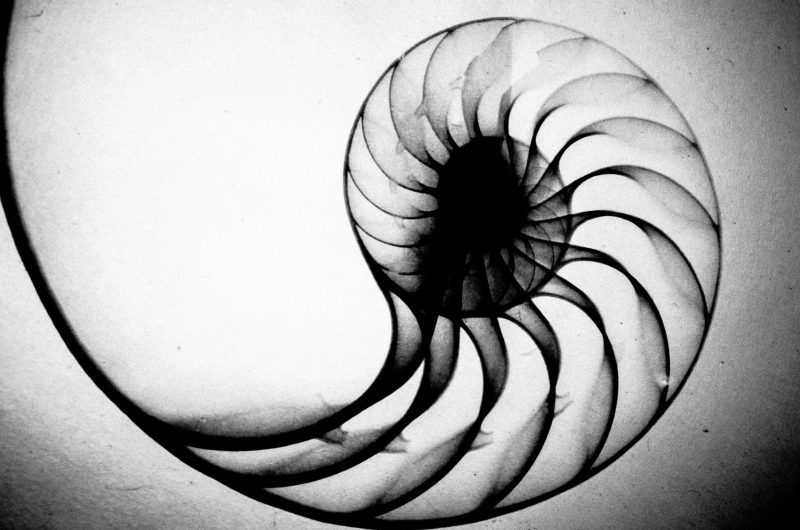
Download:
- Eric Kim Presets 2018
- Eric Kim Chroma Tokyo Presets 2018
- Eric Kim Chroma Kyoto Presets 2017
- Eric Kim Lightroom Presets 2017
VISUALIZATIONS & RESOURCES by HAPTIC
- FILM NOTES BLANK WORKSHEETS
- All Visualizations by Annette Kim
- “How to Overcome Fears of Photographing Strangers“(11/2/2o17)
- “What to Look For When Shooting in the Streets” (11/8/2017)
- “What is the Best Camera for Street Photography?” (11/22/2017)
- “Travel Photography Tips” (12/10/2017)
- “Introduction to Composition in Photography” (12/18/2017) New!
- “Zen of Eric: On Life, Photography, Art, and Work” (12/29/2017) New!
- “New Year’s Photography Resolutions” (12/31/2017) New!
- “How to Monetize Your Photography” (1/23/2018) New!
- “10 Visual Challenges to Boost Your Creative Photography” (3/21/2018) New!
- “Smartphone Street Photography” (4/19/2018) New!
- “Eric Kim Lightroom Workflow” (5/12/2018) New!
- “10 Ways to Boost Your Creativity” (5/30/2018) New!
PHOTOS by ERIC KIM
Download:
- ERIC KIM PORTFOLIO 2017 (jpeg/380 mb)
- Medium-format photos by ERIC KIM (.jpeg/174 mb)
- RAW Eric Kim Photos
Open-source
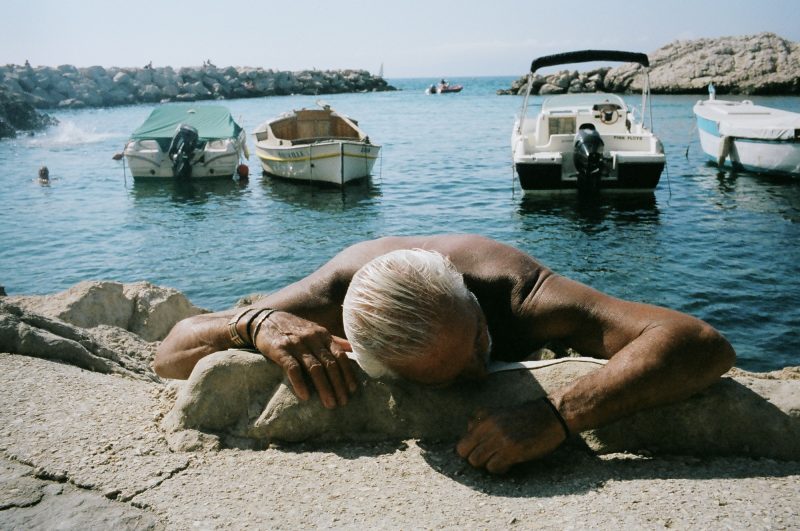
All the information on this site, including photos, images, videos, articles, books, or text is free and open source– meaning you can do whatever you want with it.
You can remix it, translate it, or sell it for a profit.
The reason why I am doing this is to help empower you with information. And I feel that freedom is information, and power.
Be strong,
Eric
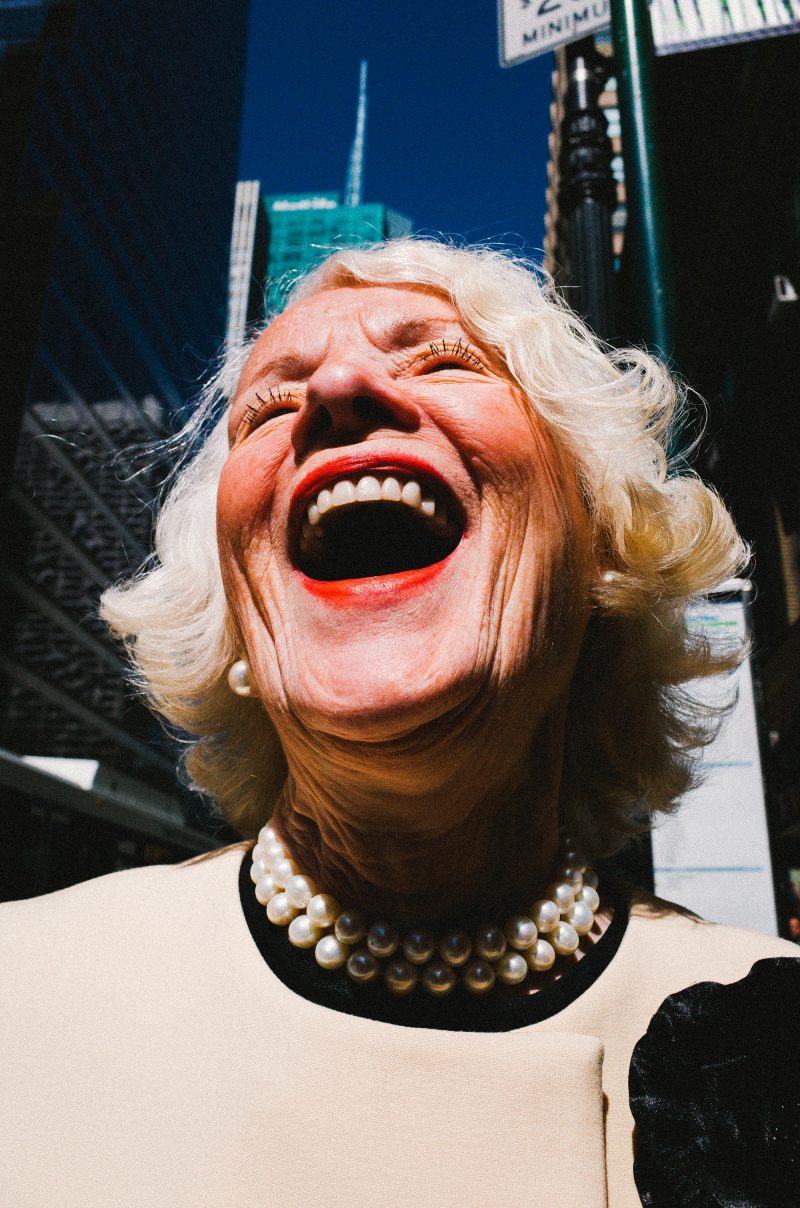
Eric Kim Blog Offline
If you plan on going on a flight, or going somewhere without internet access (and still want access to this blog), you can download this entire blog (offline, without images) as a 1.4GB (yes, very big) direct download. All you need to do is extract this .ZIP file, and open up ‘index.html’ to access the entire site. Have fun 🙂
Articles
My best articles as text files:
Videos
My most popular videos (2GB):
Presentations
- Composition in Street Photography (PDF, Keynote)
- 7 Lessons from the Masters of Street Photography (Google Slides)
- How to Shoot Street Portraits (PDF, Keynote)
- How to Conquer Your Fear of Shooting Street Photography (PDF, Keynote)
- Street Photography 101 (PDF, Keynote)
- Street Photography Projects (PDF)
See all presentations on Slideshare >
Internet Archive
See more downloads on archive.org >